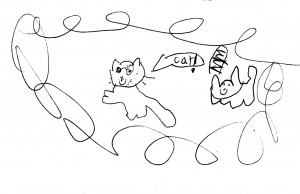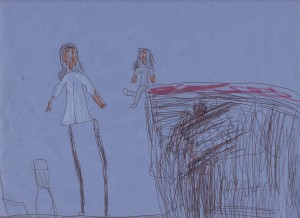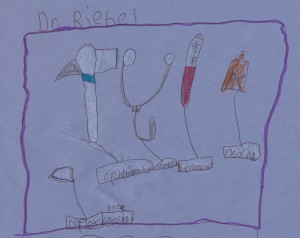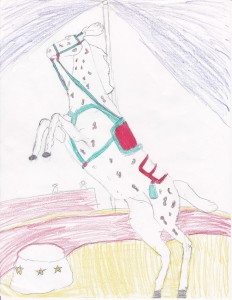That’s a great question, because we probably get more calls about fevers than about anything else.
The American Academy of Pediatrics published a brief article about fever and treating it, reminding parents that fever is the body’s way of fighting an illness, and the reason to treat it is to make the child more comfortable. They emphasize:
- watching for signs of serious illness;
- being careful of dosage amount based on the child’s weight;
- keeping the child well-hydrated;
- storing the medication in a safe place;
- not waking the child up to administer the medication.
So, what should you be watching for, and when do you call the pediatrician? Here we’ve quoted a list from the same article that we think is quite helpful:
“Call your child’s doctor right away if your child has a fever and
- Looks very ill, is unusually drowsy, or is very fussy.
- Has been in a very hot place, such as an overheated car.
- Has other symptoms, such as a stiff neck, severe headache, severe sore throat, severe ear pain, an unexplained rash, or repeated vomiting or diarrhea.
- Has immune system problems, such as sickle cell disease or cancer, or is taking steroids.
- Has had a seizure.
- Is younger than 3 months (12 weeks) and has a temperature of 100.4°F (38.0°C) or higher.
- Fever rises above 104°F (40°C) repeatedly for a child of any age.
“Also call your child’s doctor if
- Your child still “acts sick” once his fever is brought down.
- Your child seems to be getting worse.
- The fever persists for more than 24 hours in a child younger than 2 years.
- The fever persists for more than 3 days (72 hours) in a child 2 years of age or older.”
Don’t forget: since a fever is a sign of an illness, do NOT send your child back to school/daycare until his temperature has been under 101 for 24 hours.
Together, we’ll work at keeping your child healthy.
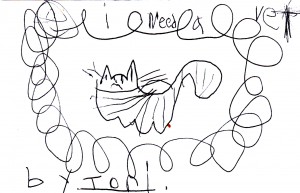
Artwork by Tori
© 2013, MBS Writing Services.

